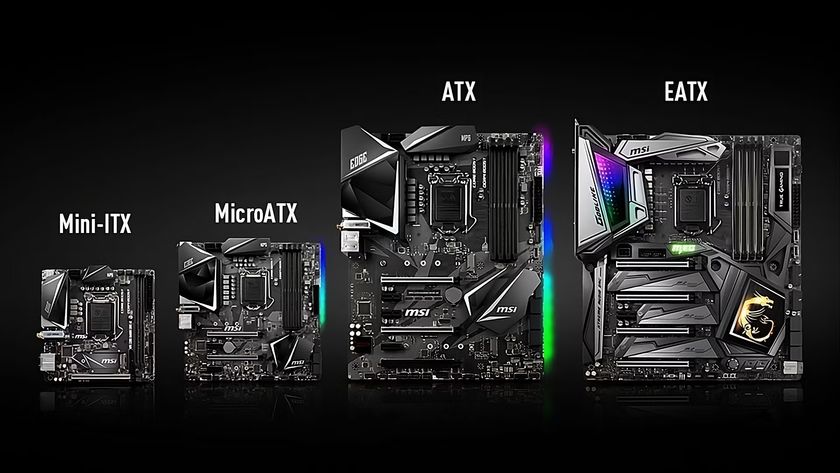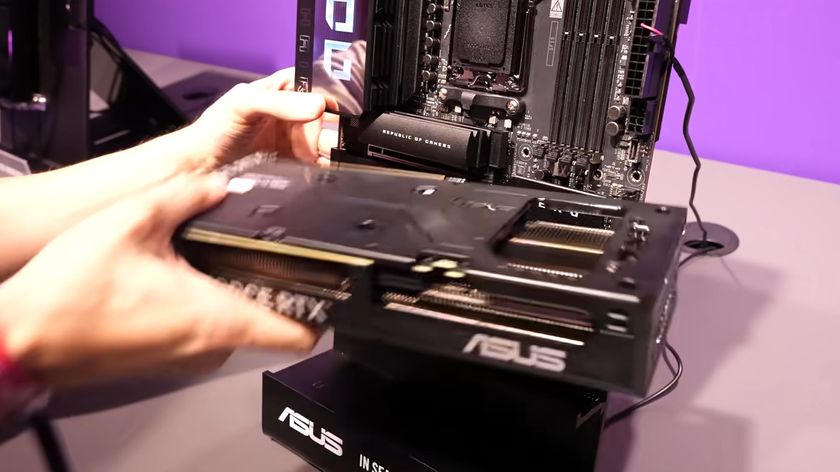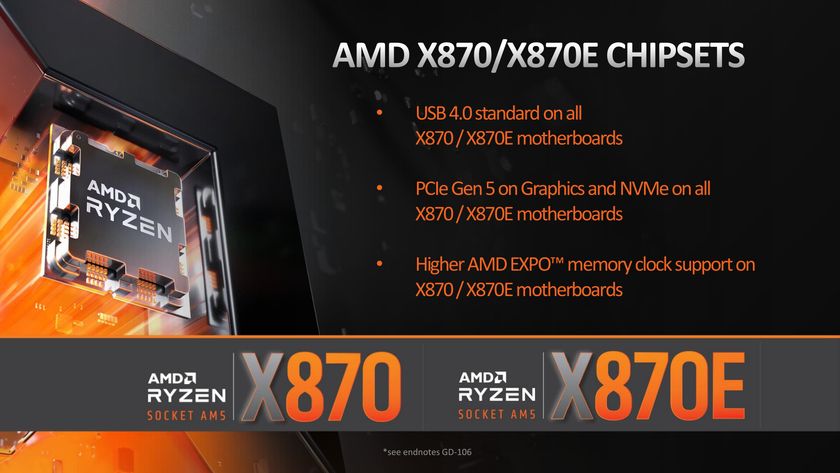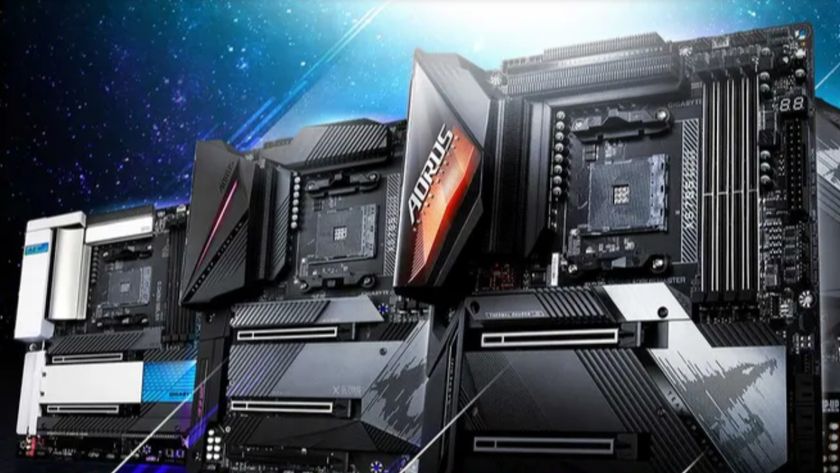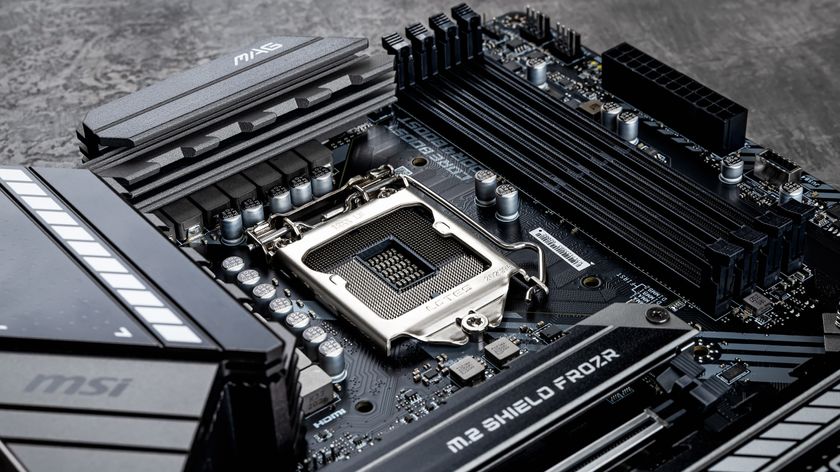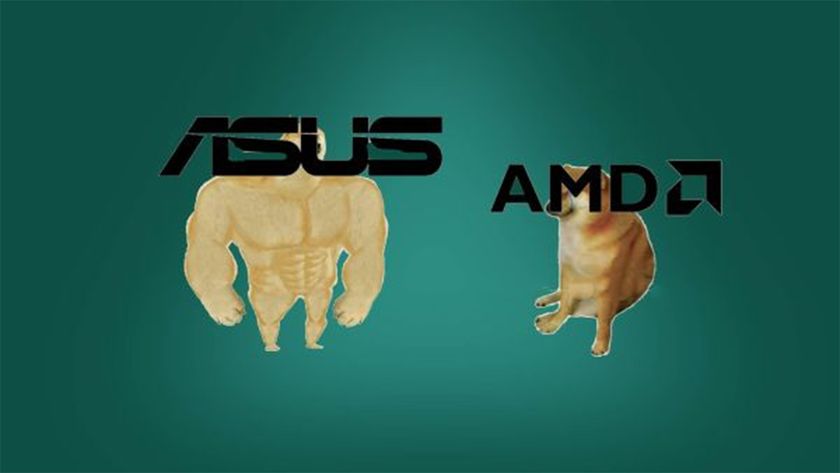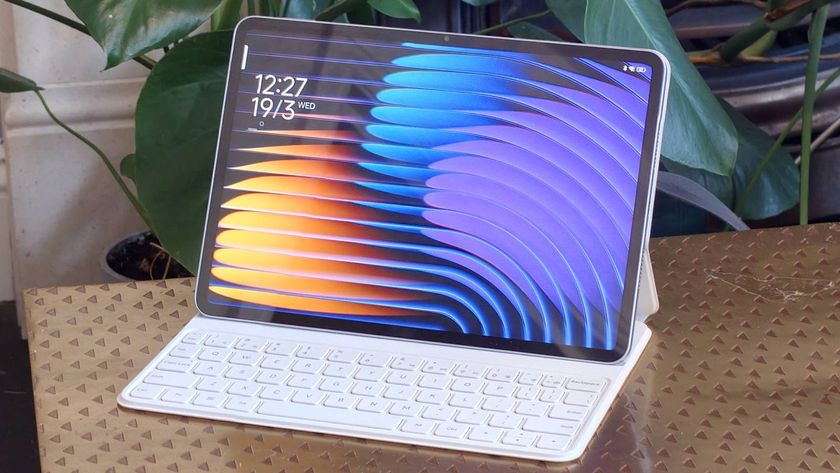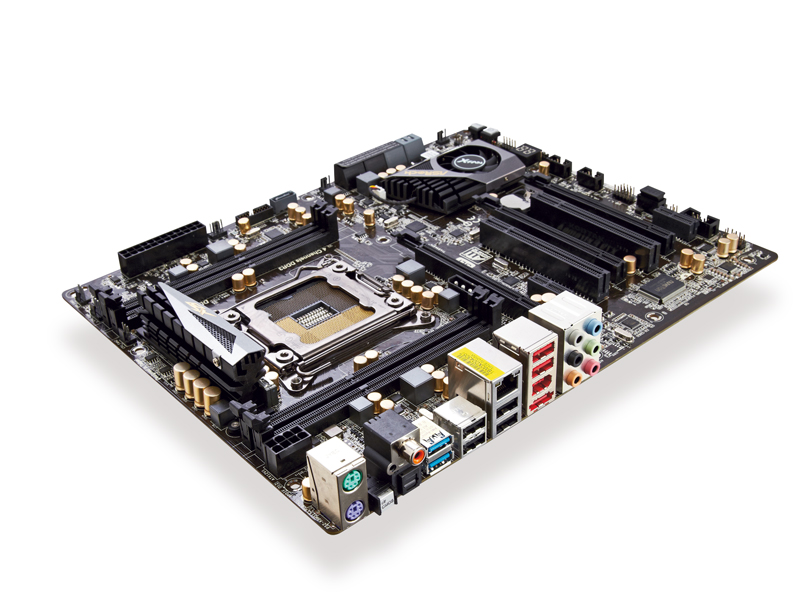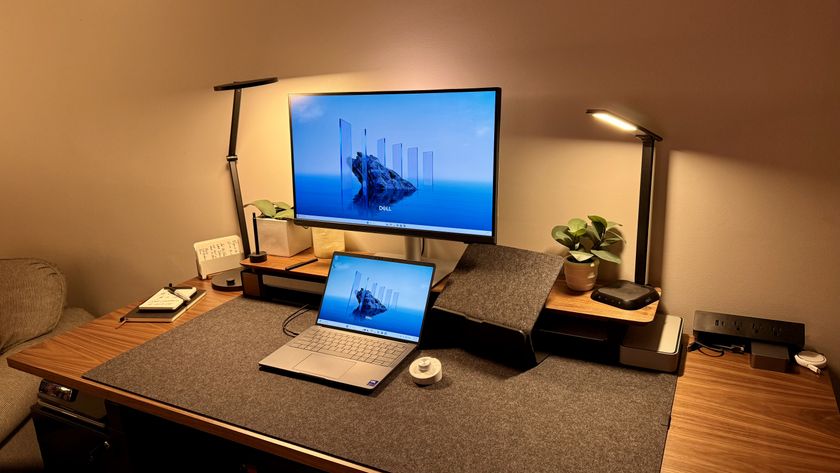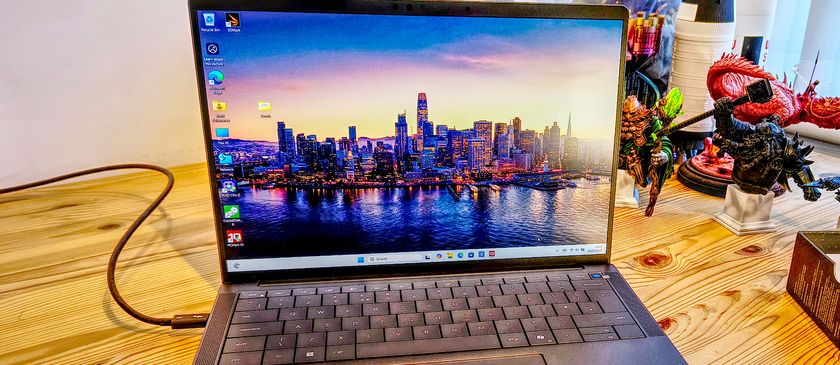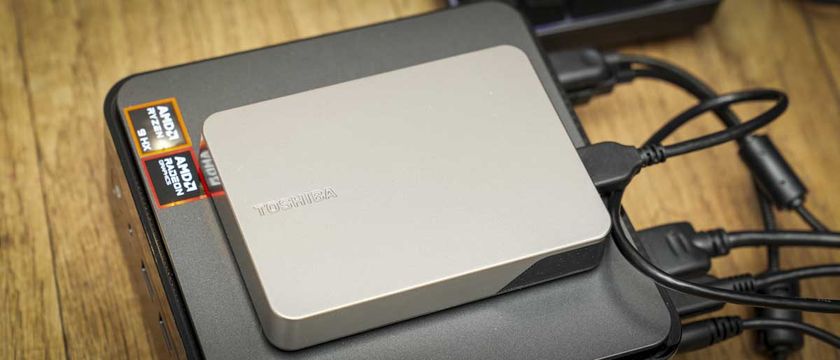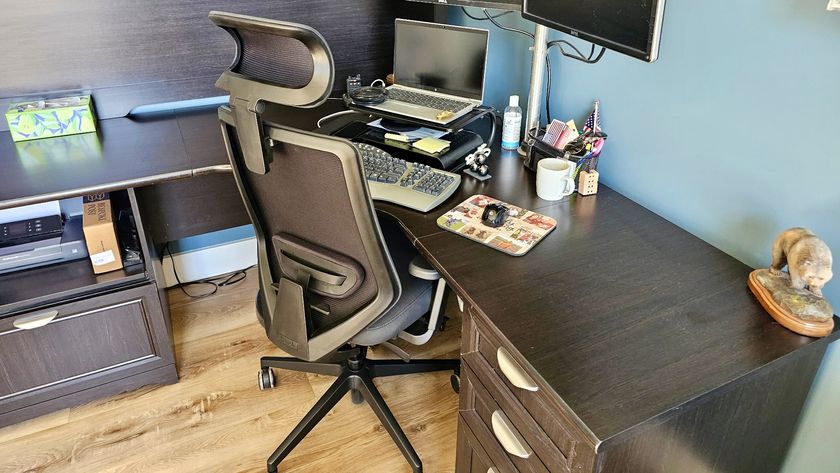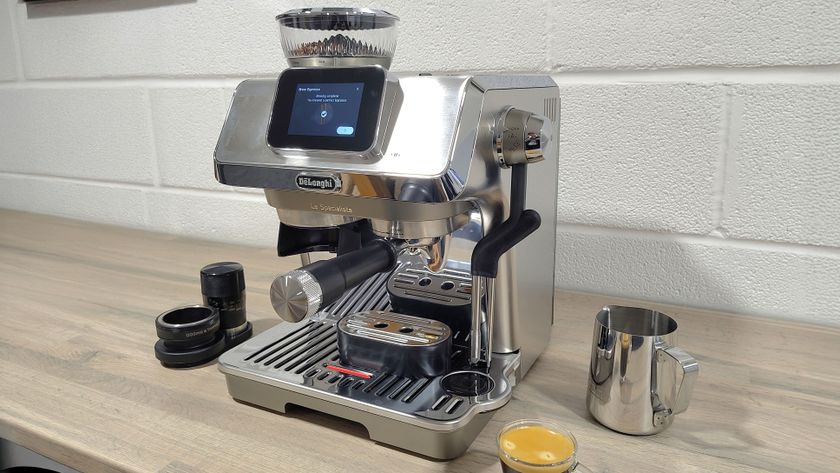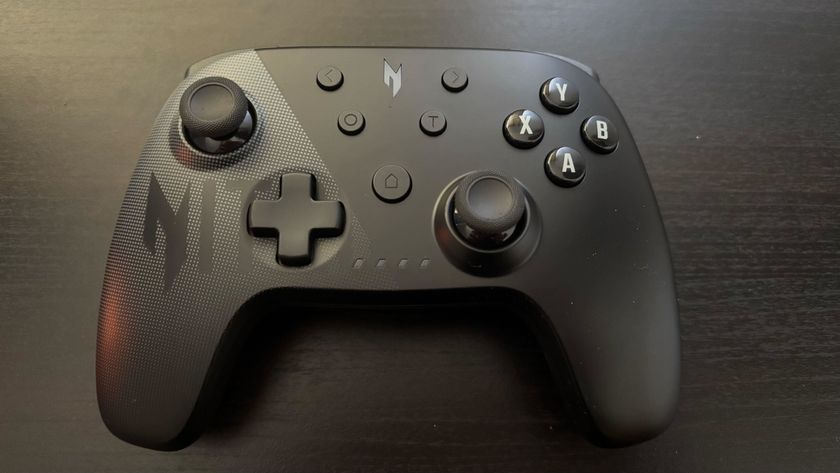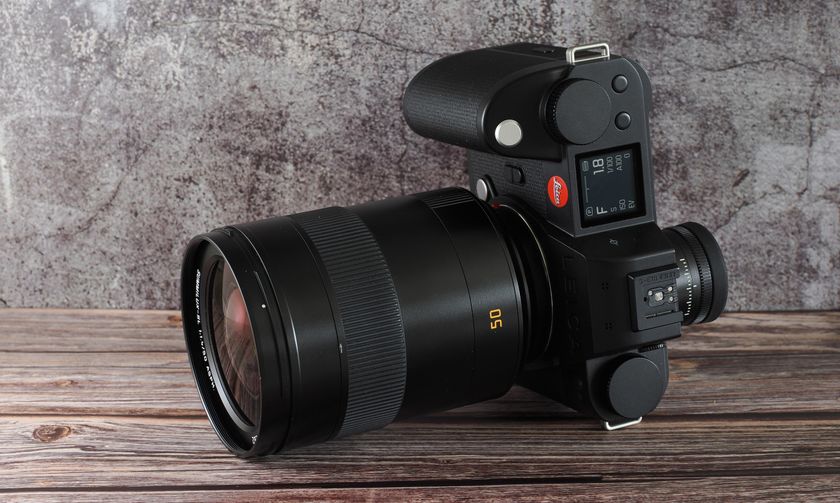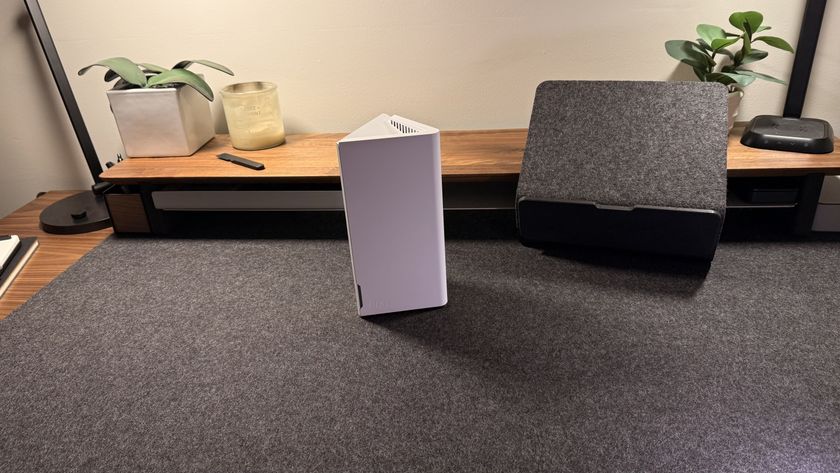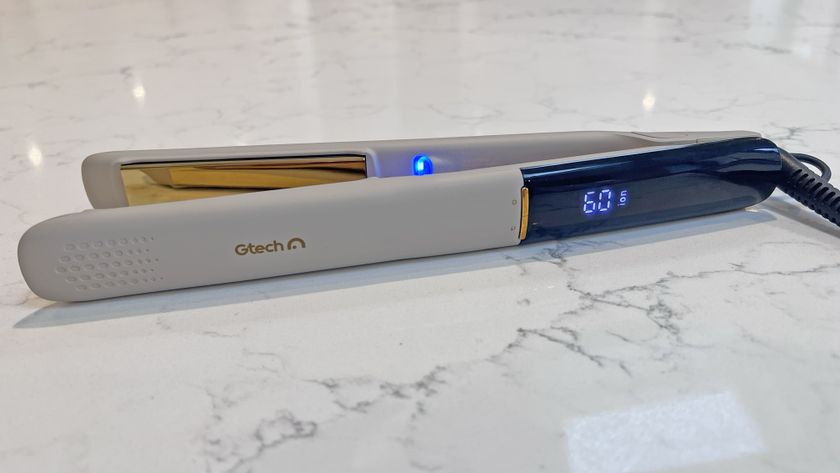TechRadar Verdict
Pros
- +
Decent feature set
- +
Excellent memory benchmark
Cons
- -
Poor XMP implementation
- -
Unreliable EZ overclock
Why you can trust TechRadar
Everyone and their dog in the motherboard market will be releasing new mobos based on the X79 chipset following Intel's release of the Sandy Bridge E processors. We've already had a play with one of Asus's top boards in the form of the Sabretooth X79, and now it's the turn of fellow Taiwanese outfit ASRock to get in on the action.
The X79 Extreme4 is the company's third tier LGA 2,011 offering after the Extreme7 and Extreme9. Those are the performance boards in ASRock's lineup, with the Extreme4 fitting right in the middle.
It's not the top overclocking board but it's got enough extras in the package to make a fairly compelling argument for itself. But are these features enough when you're still being asked to spend nigh-on £200 on a new motherboard?
False economy?
The value proposition becomes less of an issue when you're spending around £800 on the Core i7 3960X, or £400-odd on the Core i7 3930K. The difference between spending £200 and £250 on a board to get the most out of your CPU then seems less important.
That said, there is the notion that if you are spending that amount of money on a chip and need to pick up a bit more RAM for the ol' quad-channel shenanigans the X79 chipset has introduced, there needs to be somewhere you can save some cash in your build.
The thing is, as important as all the other components are, the motherboard is the facilitator. It's the piece of the puzzle that enables the entire machine to run at its very best. Do you really want to stint on that?
If we were still getting the same stock performance then we could probably accept that this was a reasonable place to save a couple of pennies. Overclocking is a relatively niche market after all, and if you're not planning to tweak your CPU's nipples then this won't present so much of a problem for you.
The stock performance of the X79 Extreme4 is fairly close in some respects to that of our favourite X79 board so far: the Asus X79 Sabertooth. There's almost parity in the Cinebench score, and even a serious boost on the memory bandwidth. The X264 and World in Conflict gaming scores suffer in comparison though.
When you do factor in overclocking, things start to look even worse for the X79. In the BIOS you can use the EZ overclocking tag, which will boot into Windows comfortably at 4.6GHz. So far, so good, but unfortunately it wont stay there. We managed a full Cinebench run through, but when it came to X264 the board throttled back all the way to 3.33GHz. Even at stock settings the Sabertooth will run at 3.9GHz when pushed to 100 per cent CPU load.
TechRadar Labs

CPU rendering performance
Cinebench: Index Score: Higher is better
ASRock X79 Extreme4: 10.56
Asus X79 Sabertooth: 10.54
Video encoding performance
X264: v4.0 FPS: Higher is better
ASRock X79 Extreme4: 55
Asus X79 Sabertooth: 59
Memory bandwidth
SiSoft Sandra: GB/S: Higher is better
ASRock X79 Extreme4: 38
Asus X79 Sabertooth: 31
CPU gaming performance
WiC: FPS: Higher is better
ASRock X79 Extreme44: 112
Asus X79 Sabertooth: 117
Another issue involves the memory profiling. The new XMP version 1.3 is meant to be more stable, but when we tried either the Corsair or G.Skill kits using the XMP profile we couldn't boot into our OS. Once we'd manually configured the RAM things were fine, but still it smacks of an immature BIOS.
Unfortunately, as things stand, this cheaper ASRock board isn't trustworthy enough to justify saving money on the platform costs. And we bet there wont be many system integrators picking it up either.
Follow TechRadar Reviews on Twitter: http://twitter.com/techradarreview
